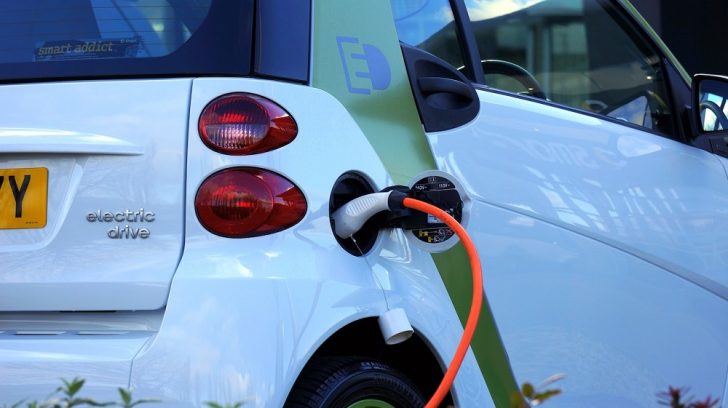The rise of electric vehicles (EVs) has undeniably transformed the automotive industry, promising a greener and more sustainable future. A pivotal component of this revolution is the electric vehicle battery.
However, the longevity of EV batteries remains a crucial concern for both manufacturers and consumers. Today, we will discuss the factors influencing EV battery lifespan and the cutting-edge technologies and practices aimed at extending it.
Understanding EV Battery Lifespan
The lifespan of an electric vehicle battery primarily depends on several factors, with one of the most significant being the battery chemistry. Lithium-ion and solid-state batteries are the two dominant types of battery chemistries in today's electric vehicles. Lithium-ion batteries are the most common, known for their reliability and performance.
They typically last between 8 to 15 years, with the rate of degradation influenced by usage patterns, temperature, and charging habits. On the other hand, solid-state batteries, a relatively new technology, have the potential to significantly extend battery lifespan due to their robust design and improved energy density.

Mike Bird/ Pexels | Your charging habits today can determine your EV battery's tomorrow.
Factors Influencing Battery Lifespan
Temperature Control for Battery Longevity
Maintaining an optimal temperature range stands as a critical factor in preserving an EV battery's lifespan. Extreme temperatures, whether hot or cold, can accelerate chemical reactions within the battery, hastening its degradation. Manufacturers integrate sophisticated thermal management systems to regulate battery temperature and ensure prolonged durability.
Impact of Charging Practices
The charging habits of an EV wield significant influence over its battery lifespan. Frequent fast charging and consistently reaching full capacity can stress battery cells, leading to premature degradation. Many modern EVs feature software that empowers users to limit the battery charge level, extending its overall lifespan.
Depth of Discharge Dynamics
The depth to which an EV battery is discharged in each cycle is pivotal in determining its longevity. Shallower discharge cycles are less taxing on the battery, resulting in an extended lifespan. EVs are equipped with battery management systems that optimize and regulate the depth of discharge during daily usage.

Lara Jameson/ Pexels | Recycling isn't just about sustainability; it's about extending the life of EV batteries and reducing waste
Usage Patterns and Battery Life
The driving behavior and journey types undertaken by an EV can impact its battery life. Stop-and-go city driving and high-speed highway driving affect the battery differently. Innovative regenerative braking systems help diminish wear and tear during city driving by converting kinetic energy back into electrical energy.
Battery Chemistry
As mentioned earlier, the choice of battery chemistry significantly influences lifespan. Innovations in solid-state batteries are expected to provide longer-lasting options for EVs, potentially extending the lifespan to 20 years or more.
Extending EV Battery Lifespan
Battery Management Systems (BMS): Modern electric vehicles have advanced BMS that monitor and manage the battery's health. These systems help optimize charging and discharging cycles, balance cell voltages, and protect the battery from overcharging and over-discharging.
Fast Charging Technology
Improvements in fast-charging technology aim to minimize the stress on the battery during quick-charging sessions. Innovative cooling methods and battery designs are being developed to enable rapid charging without compromising longevity.

Sergey Meshkov/ Pexels | Electric vehicle batteries have come a long way in terms of lifespan
Solid-State Batteries
Developing solid-state batteries is one of the most promising advancements in extending EV battery lifespan. These batteries offer improved energy density, faster charging, and exceptional durability. Solid-state batteries are longer-lasting and safer, as they eliminate the risk of thermal runaway.
Battery Recycling
Recycling programs for EV batteries are being established to extract valuable materials like lithium, cobalt, and nickel while disposing of the remaining components in an environmentally responsible manner. This not only reduces waste but also contributes to the sustainability of EVs.
Over-the-Air Updates
Manufacturers can send over-the-air updates to EVs to improve battery management algorithms and extend battery life. This allows for continuous optimization of the battery's performance and longevity throughout the vehicle's lifespan.




